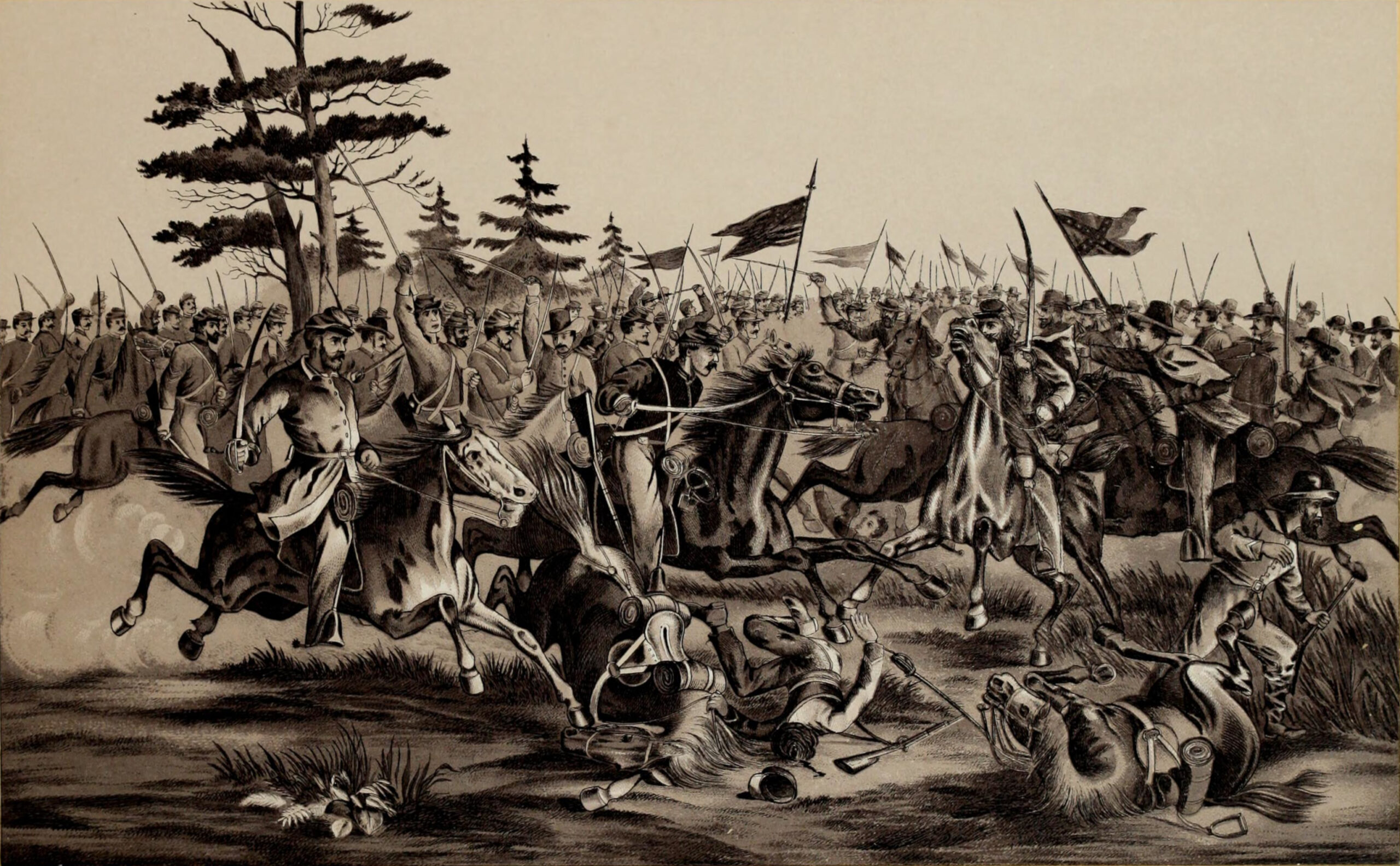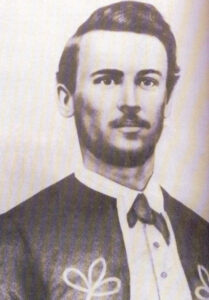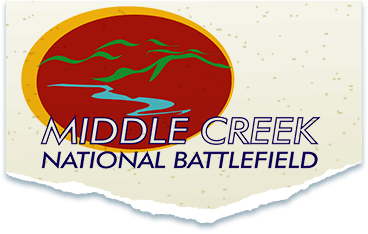
When tension mounted between the two sides further when Lincoln became president, the south succeeded from the Union. The Union did not want this and fought to have the Confederate join back. Thus ensued a bloody war until it ended April 9, 1865, with the battle fo Palmito Ranch.
The Civil War ended April 9, 1865
Robert E. Lee surrendered the last Confederate army to Ulysses S. Grant at Appomattox Courthouse on April 9, 1865.
Lee asked Grant for the terms of surrender. Grant wrote them out quickly with the pardoning of all men and officers. They would be sent home with their private property, as well as their horses. (They would be used for spring planting.) Officers would keep their side arms, and Lee’s starving men would be given Union rations.
Last battle fought at Palmito Ranch, Texas

Union Private John J. Williams
The last battle was fought at Palmito Ranch, Texas, on May 13, 1865 — a month after the war ended.
The news of the surrender spread slowly, but both sides knew the war was over at this time.
The reason for the battle is not fully known. Some say that Union Colonel Theodore H. Barrett desired “a little battlefield glory before the war ended altogether.” Others say he needed more horses to get his men home and decided to steal them.
Between the 500 Union soldiers and 300 Confederate, it’s estimated that 4-30 Union were killed and no Confederate were killed (although, 5–6 were wounded).
The last soldier to be killed in the entire Civil War was Union Private John J. Williams.
How the Civil War began
For many years before the year 1861, the pressure mounted between the North and the South of the United States. There were a few things that caused this tension:
- What freedom looked like. Freedom for black people looked drastically different in the north compared to the south. In the north, they were free, and in the south, it was legal to own then as slaves. The Underground Railroad to Canada was the only way for them to escape.
- How they got their money. The North produced goods via factories and railroads. The South produced farming and cotton.
- Who did the working. The North employed immigrants from other countries to do the work in the factories. The South forced millions of men, women, and children to do free labor in fields and plantations.
- How politics were handled. The North and South both made compromises as more states joined each side. Both were similar in size and power and both were concerned about the other becoming too powerful. The states on top were “free” states and the states on the bottom were “slave” states.
Heroes and noteworthy people of the Civil War
Here’s a brief list of Civil War heroes and noteworthy people and what they are known for during the American Civil War:
Abraham Lincoln
The 16th president of the United States and preserved the Union during the U.S. Civil War and brought about the emancipation of slaves.
Ulysses S. Grant
He served as U.S. general and commander of the Union armies during the Civil War, later becoming the 18th U.S. president.
Robert E. Lee
He was the leading Confederate general during the Civil War and has been venerated as a heroic figure in the American South.
Stonewall Jackson
He was a leading Confederate general during the Civil War. Loved as a commander, he was accidentally shot by friendly-forces during a battle and died eight days later from health complications.
Clara Barton
She was an educator, nurse, and founder of the American Red Cross.
Harriet Tubman
She escaped slavery to become a leading abolitionist. She led hundreds of enslaved people to freedom along the route of the Underground Railroad.
The Battle of Middle Creek was a tragic example of the fratricidal, neighbor-against-neighbor warfare that characterized the struggle for Kentucky. Read about the history of this battle, see reenactments, and the preservation of this site.
